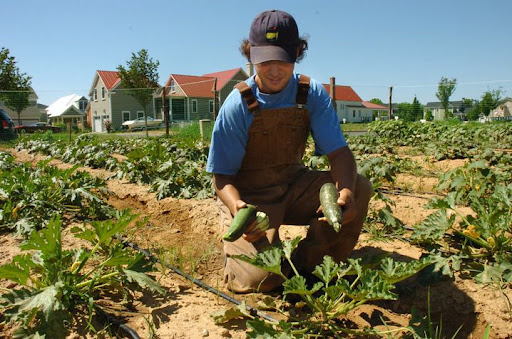Toxic Mercury
It seems like every year we are presented with another study focusing on mercury levels in your favorite Atlantic Salmon or Yellowfin Tuna. With all this commotion, how safe is it to frequent your favorite sushi spot once a week? First, let’s start with the basics. Where does all this Mercury originate from?
Simply, human activities such as metal processing, burning of coal, and mining contribute to a high deposition of the toxic mercury. Naturally, mercury originates from volcanoes, geologic deposits, and ocean volatization. Cleaner mining practices and energy production are pivotal to curbing human disruption of mercury sources.
A
simplified flow chart of how mercury is absorbed into the human body by eating
contaminated fish
Now the natural question arises, how does mercury enter the food chain? The answer to this question remains largely unknown, but what we do know, is that certain bacteria that process sulfate in the environment take up mercury and convert it to methyl mercury. These bacterial are consumed by the next tropic level, then so forth up the food chain, until your favorite fish now has toxic levels of methyl-mercury in its flesh from the bio-magnification of mercury.
The National Research Council stated in its 2000 report, that offspring of women who have consumed large amounts of fish and seafood are at the highest risk for toxicological effects of methyl-mercury. This report estimated that more than 60,000 children born each year are at risk for neurodevelopment effects due to methyl mercury exposure while in the uterus. With that said, you should not shun your favorite shushi bar. However, if you are a women and plan on bearing a child, you should limit your consumption of fish and seafood. Also, it is important to take note of where your fish is sourced, from known polluted waters or not, and to monitor how much fish you consume monthly.

The loon's, picture above, diet is highly composed of
fish making them extremely vulnerable to high levels
of methyl-mercury










